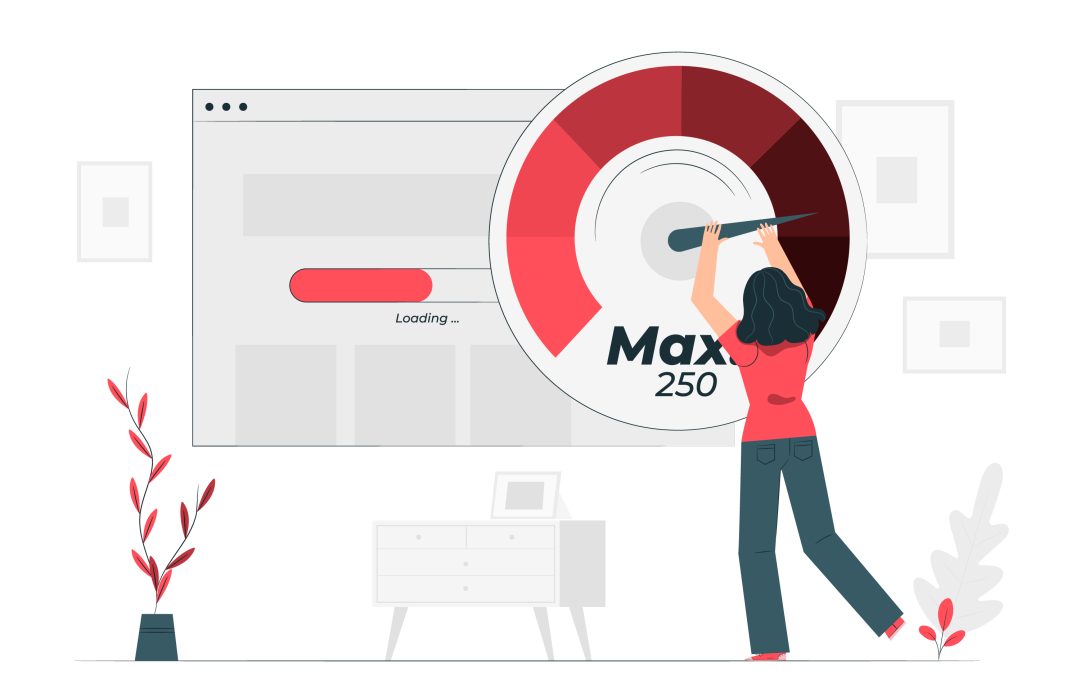In the fast-paced digital era, the speed of your WordPress website is paramount. A sluggish site not only frustrates visitors but can also impact search engine rankings. Fortunately, optimizing your WordPress website for speed doesn’t require advanced technical skills. In this comprehensive guide, we’ll walk through various strategies to supercharge your website’s performance.
1. Choose a Fast Web Hosting Provider:
Selecting a reliable and fast hosting provider is the foundation of a speedy website. Consider reputable hosts known for their performance, and choose a plan that suits your traffic needs.
2. Optimize Images:
Large image files can significantly slow down your site. Before uploading images, compress them using tools like TinyPNG or ImageOptim. Additionally, utilize responsive images and lazy loading to ensure faster loading times.
3. Utilize a Content Delivery Network (CDN):
Implement a CDN to distribute your website’s static content across multiple servers worldwide. This reduces the physical distance between the server and the user, resulting in faster loading times.
4. Enable Browser Caching:
Leverage browser caching to store static files like images, stylesheets, and JavaScript on visitors’ browsers. This way, returning users don’t need to re-download these resources, enhancing load times.
5. Minify CSS, JavaScript, and HTML:
Remove unnecessary characters, white spaces, and comments from your code. Plugins like Autoptimize or W3 Total Cache can automate this process, optimizing your site’s front-end performance.
6. Use a Lightweight Theme:
Opt for a well-coded, lightweight theme. Bloated themes with excessive features can slow down your website. Consider themes known for their speed and responsiveness.
7. Optimize Database:
Regularly clean up your database by removing unnecessary data, spam comments, and revisions. Plugins like WP-Optimize can automate this process, keeping your database streamlined.
8. Implement Gzip Compression:
Enable Gzip compression to reduce the size of your website’s files before they are sent to the browser. Most modern browsers support Gzip, resulting in faster loading times.
9. Reduce Server Requests:
Minimize the number of server requests by limiting the use of external scripts, plugins, and widgets. Each request adds to the loading time, so prioritize essential elements.
10. Optimize WordPress Performance Settings:
Tweak WordPress settings for optimal performance. Adjust the number of post revisions, limit the number of blog posts displayed on a page, and use excerpts instead of full posts on archive pages.
11. Utilize Advanced Caching Techniques:
Consider advanced caching mechanisms such as object caching and opcode caching. Plugins like Redis or Memcached can enhance your site’s caching capabilities.
12. Regularly Update WordPress and Plugins:
Keep your WordPress core, themes, and plugins up to date. Developers regularly release updates that include performance improvements and security patches.
Conclusion:
Optimizing your WordPress website for speed is an ongoing process that requires regular attention. By following these strategies, you can create a seamless and lightning-fast user experience. Remember to regularly test your website’s speed using tools like Google PageSpeed Insights or GTmetrix to identify areas for improvement. A fast website not only improves user satisfaction but also positively impacts your search engine rankings, making it a worthwhile investment for the success of your online presence.

